Why Is My Scalp So Flaky? 9 Surprising Reasons You May Be Getting Dandruff
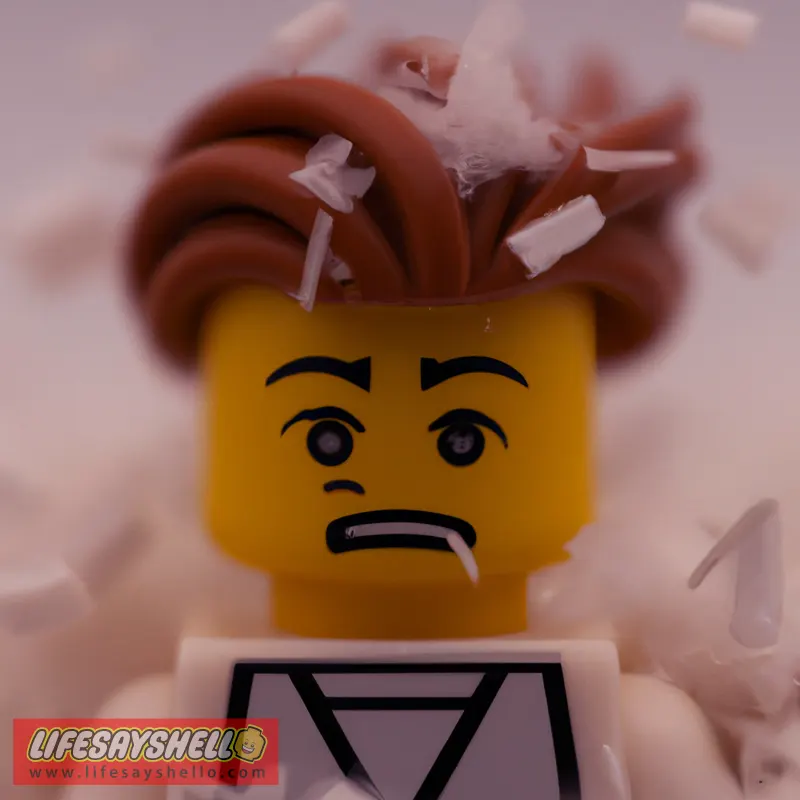
Have you noticed small white flakes falling from your hair lately? Are you constantly feeling an itch you just can't scratch? If so, you may be dealing with dandruff.
Dandruff is a common scalp condition marked by itching and flaking. It can be annoying, embarrassing, and downright frustrating. But you don't have to live with a flaky scalp forever.
In this post, we’ll explore the most common reasons people get dandruff, plus science-backed ways to get rid of it for good. Read on to finally stop scratching your head over what’s causing your dandruff woes.
What Exactly Is Dandruff?
Before we dive into causes and treatments, let’s level set on what dandruff actually is.
Dandruff refers to white or grayish flakes of dead skin that shed from your scalp. It’s also known medically as seborrheic dermatitis.
Dandruff flakes can be greasy or dry, small or large. Some people experience a mild flaking, while others have prominent crusty patches.
An itchy, inflamed scalp usually accompanies dandruff. The severity of itchiness varies too.
Dandruff is not contagious, so there’s no need to avoid close contact with others if you have it.
Nearly half of adults experience dandruff at some point. So if you’re dealing with it, you’re definitely not alone.
Now let’s look at why dandruff happens in the first place.
1. Dry Skin
Dry skin is one of the most common culprits behind dandruff. The scalp has a tendency to get drier than the rest of your skin.
Why? There are fewer oil glands on your head compared to the rest of your body. And your scalp sheds skin cells rapidly as hair grows.
If your scalp gets too dry, dead skin cells can build up and mix with scalp oils to form those pesky white flakes.
Dry air, cold temperatures, and over-shampooing are common causes of dry scalp. Detergents, fragrances, and alcohols in hair products can worsen dryness too.
If dry skin is the reason for your dandruff, you’ll likely see flakes year-round. They may get worse in winter when humidity plummets.
Treating an arid scalp is similar to treating dry skin anywhere else. Regular moisturizing is key, especially when shampooing often.
2. Yeast-Like Fungus
Believe it or not, a yeast-like fungus could be behind your dandruff woes.
Malassezia is a fungus that lives on the scalps of most adults. It feeds on the oils secreted by your hair follicles.
In the process, malassezia breaks down scalp oils into oleic acid. For many people, oleic acid irritates the scalp.
In response, your skin cells renew faster to get rid of the irritant. This accelerated turnover leads to a buildup of dead cells that manifest as dandruff flakes.
Antifungal treatments like ketoconazole shampoo can help reduce fungal overgrowth and resulting inflammation.
3. Sensitivity to Hair Products
Some people’s scalps are sensitive to certain ingredients in hair care products. Shampoos, conditioners, gels, mousses, and sprays can all cause problems for sensitive skin.
If you’re allergic or irritated by something in your hair products, it can cause redness, inflammation, and flaking.
Contact dermatitis is one reaction that can occur when your skin doesn’t like an ingredient. It leads to an itchy rash on areas the product touched.
Sulfates, fragrances, and preservatives are common hair product ingredients people react to. But you could be sensitive to anything from plant extracts to polymers.
The best way to pinpoint if a product ingredient is irritating your scalp is through elimination. Switch to a gentle shampoo without fragrances or harsh chemicals for a few weeks and see if your dandruff improves.
4. Skin Conditions
Certain skin conditions that cause red, inflamed patches can occur on the scalp too. These include:
- Seborrheic dermatitis
- Eczema
- Psoriasis
With seborrheic dermatitis, red, greasy patches form on the scalp and often around the nose and eyebrows. Dandruff is a common symptom.
Eczema is characterized by extremely itchy, dry, sensitive skin. The scalp is one area eczema outbreaks can happen.
Psoriasis leads to thick silvery scales and dry, red patches anywhere on the body. When it develops on the scalp, heavy dandruff is common.
Treating the underlying condition is key to reducing associated flaking and itching on the scalp.
5. Not Shampooing Enough
As counterintuitive as it sounds, not shampooing often enough can worsen dandruff.
When you don’t wash your hair regularly, oil and dead skin cells build up on the scalp. This layer of gunk blocks hair follicles and can cause inflammation and flaking.
How often to shampoo depends on your hair type. For fine, straight hair, daily washing may be best. For thick or curly hair, a few times a week is sufficient.
If you’re skipping shampooing to avoid drying out your hair, condition more often instead. Or use a gentle shampoo without harsh detergents.
6. Age
Dandruff often first appears after puberty. This is likely due to hormone changes during adolescence stimulating more oil production.
As hormone levels fluctuate with age, dandruff may come and go. Many people see improvements by their 40s or 50s.
The good news is dandruff caused by hormones tends to be mild and easy to control with basic shampoos.
7. Stress
Can worrying make you flaky? Possibly.
Stress is linked to exacerbating many skin conditions, including dandruff. It’s not clear exactly how anxiety triggers scalp issues.
One theory is stress ramps up production of cortisol, a hormone that increases oiliness and irritation.
Finding healthy ways to manage stress - like exercise, meditation, or talking to a friend - can help lower cortisol levels before they affect your scalp.
If you notice your dandruff gets worse when you’re super busy or overwhelmed, focus on relaxing your body and mind through yoga, journaling, or whatever works for you.
8. Weakened Immune System
Your immune system helps keep fungus and other microbes on your scalp in check. If your immunity is low, these organisms can overpopulate.
A weakened immune system raises your risk for all kinds of skin infections and inflammation, including stubborn dandruff.
Health conditions like HIV/AIDS, lupus, and diabetes can impair immunity and make dandruff more likely.
Your immune system also naturally weakens with age, which could be another reason dandruff is common in older adults.
Boosting overall health through nutritious foods, regular exercise, and adequate sleep gives your immune cells the fuel they need to function.
9. Neurological Disorders
Research shows certain neurological conditions are linked to increased dandruff and seborrheic dermatitis. These include:
- Parkinson’s disease
- Stroke
- Epilepsy
Doctors aren’t entirely sure why neurological disorders make dandruff more common.
One hypothesis is impaired neurological functioning disrupts communication between the brain, hormone system, and oil glands. This can affect oil production and skin cell turnover.
Managing these chronic diseases through medication and lifestyle can help minimize related skin irritation.
The Takeaway
As you can see, dandruff can stem from a wide variety of causes - from fungal growth to product reactions to medical conditions.
The good news is dandruff is rarely serious. Mild flaking can be annoying, but severe dandruff linked to an underlying problem can usually be treated.
Now let’s look at proven techniques for banishing dandruff flakes, itchiness, and irritation.
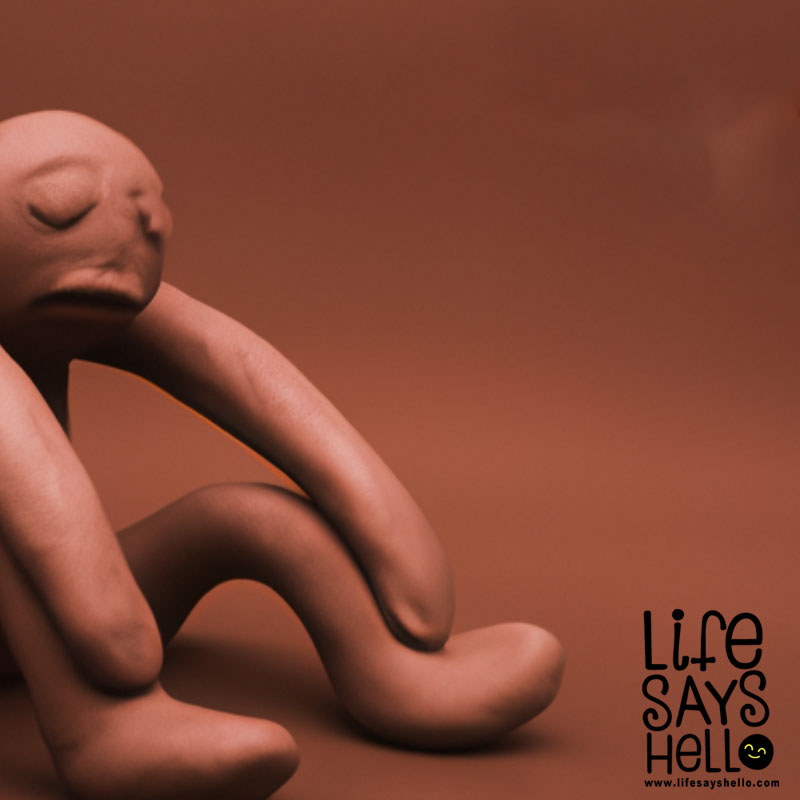
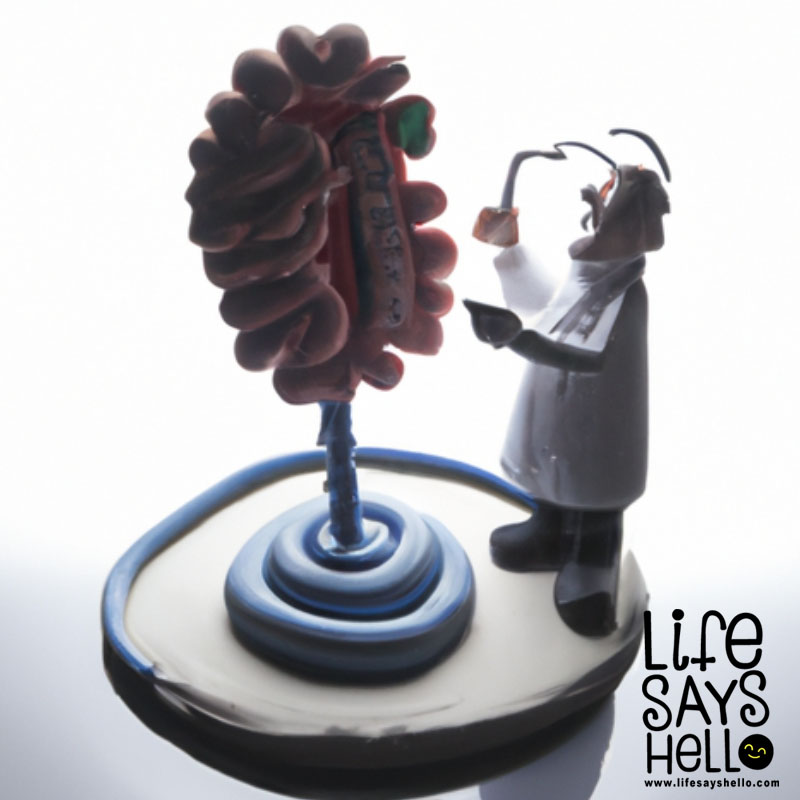
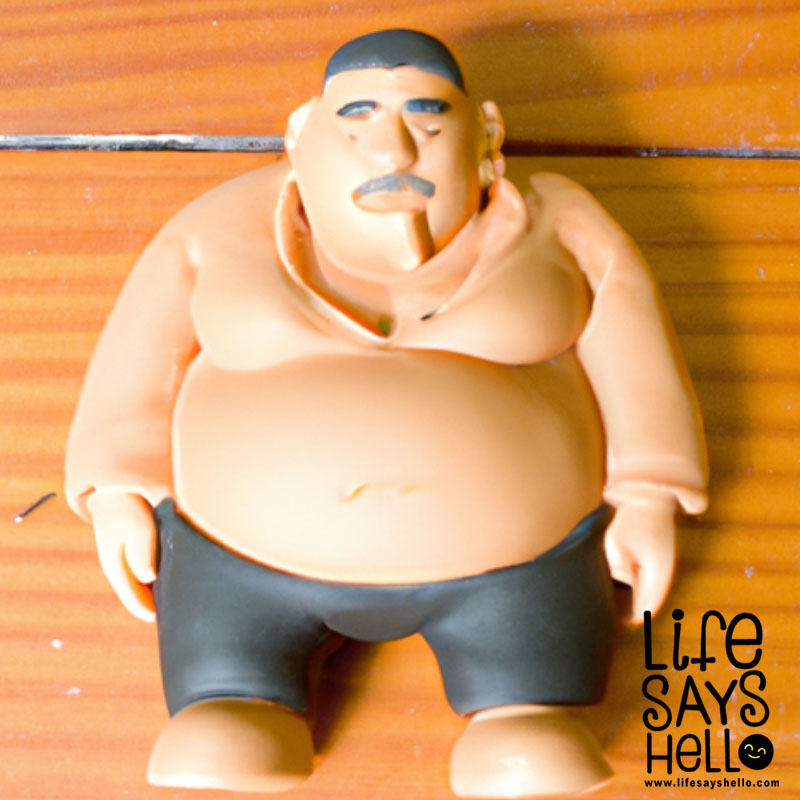
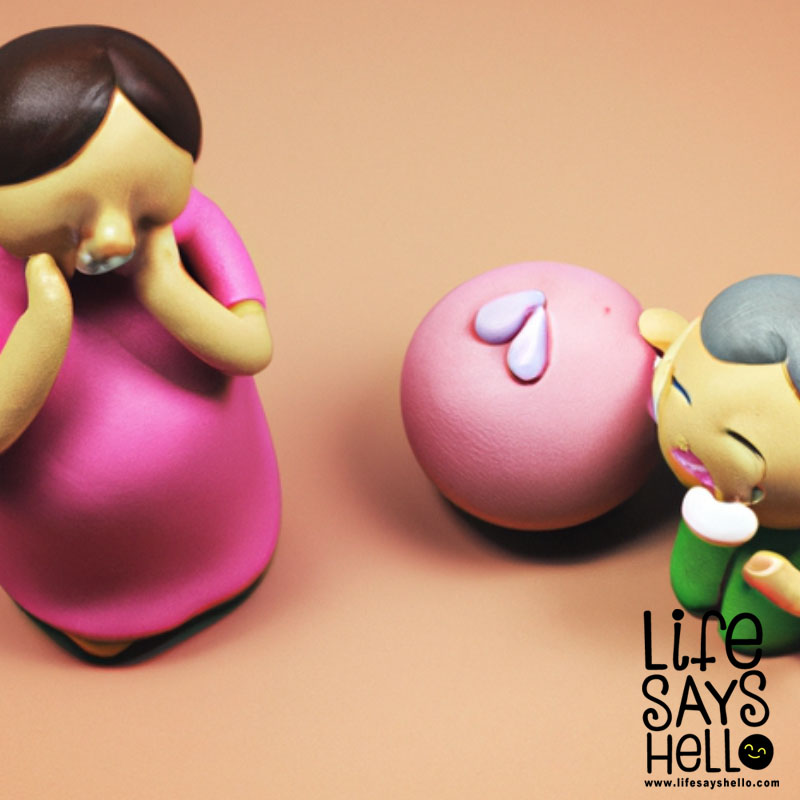
Comments